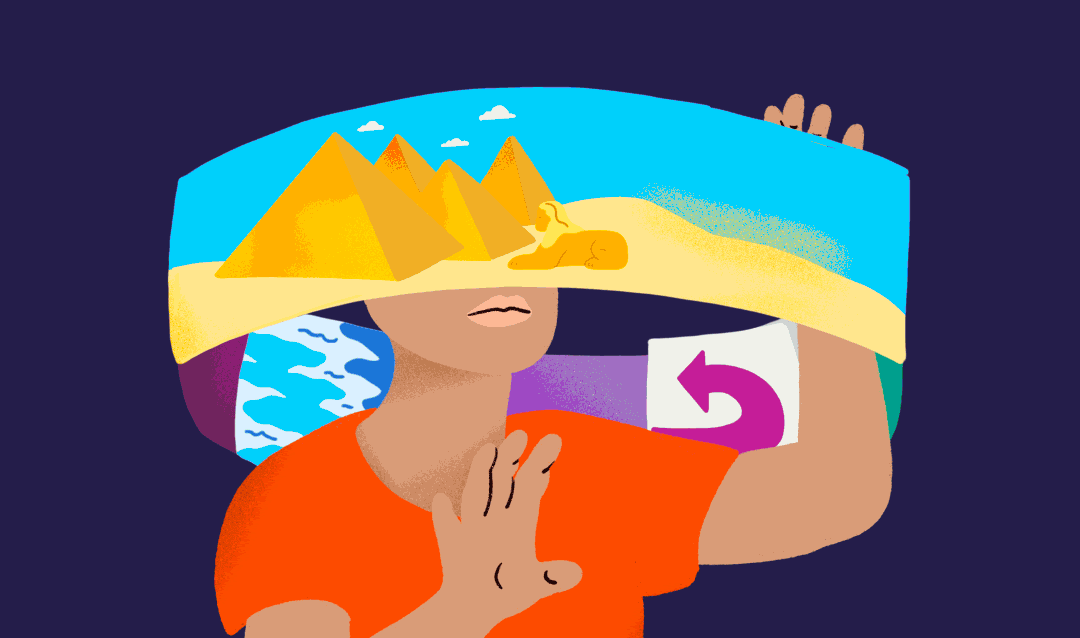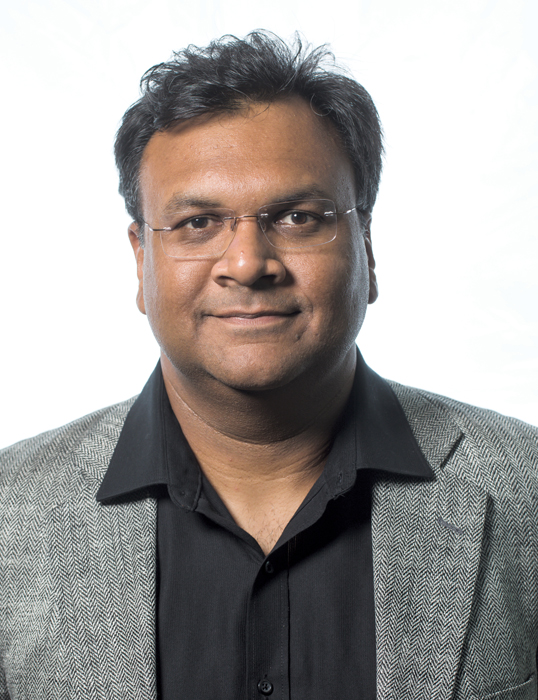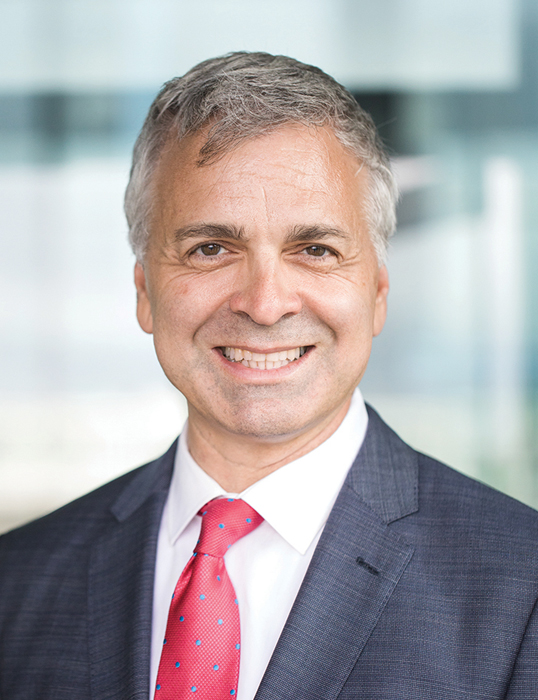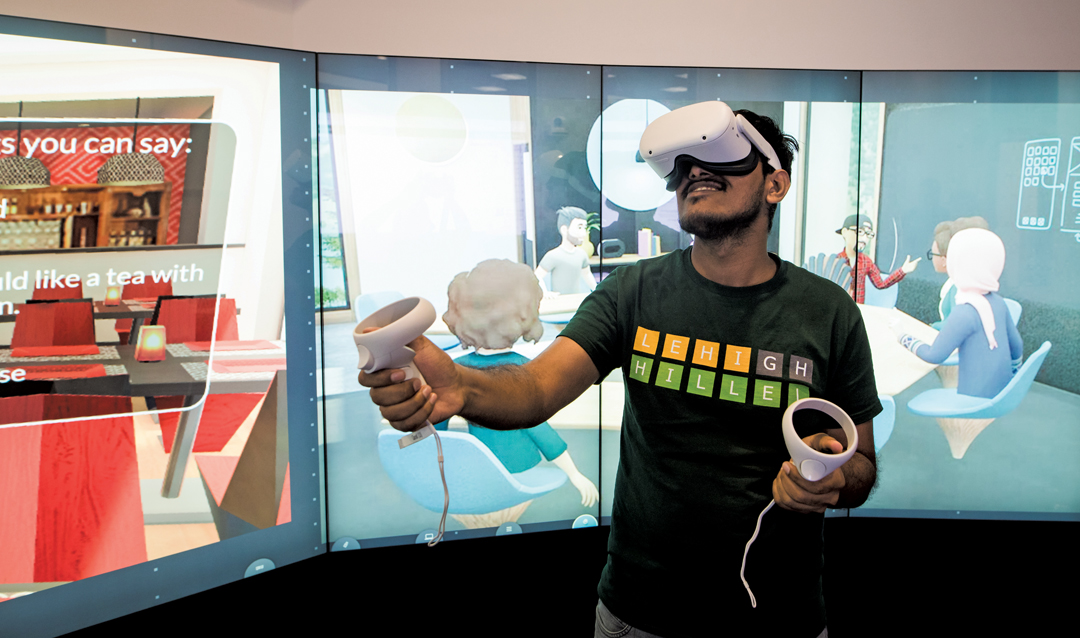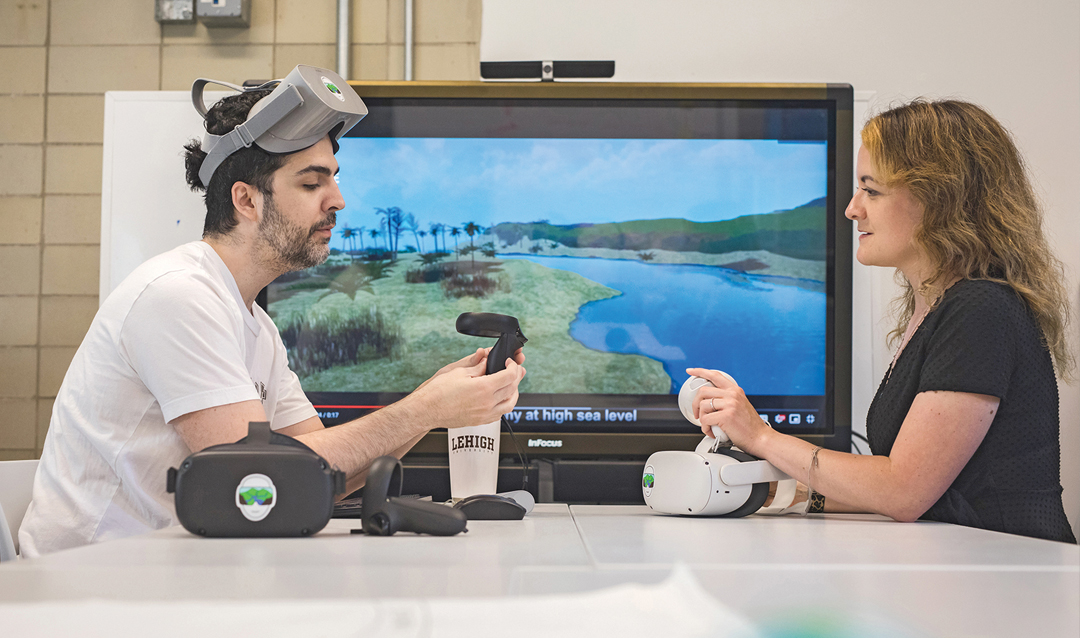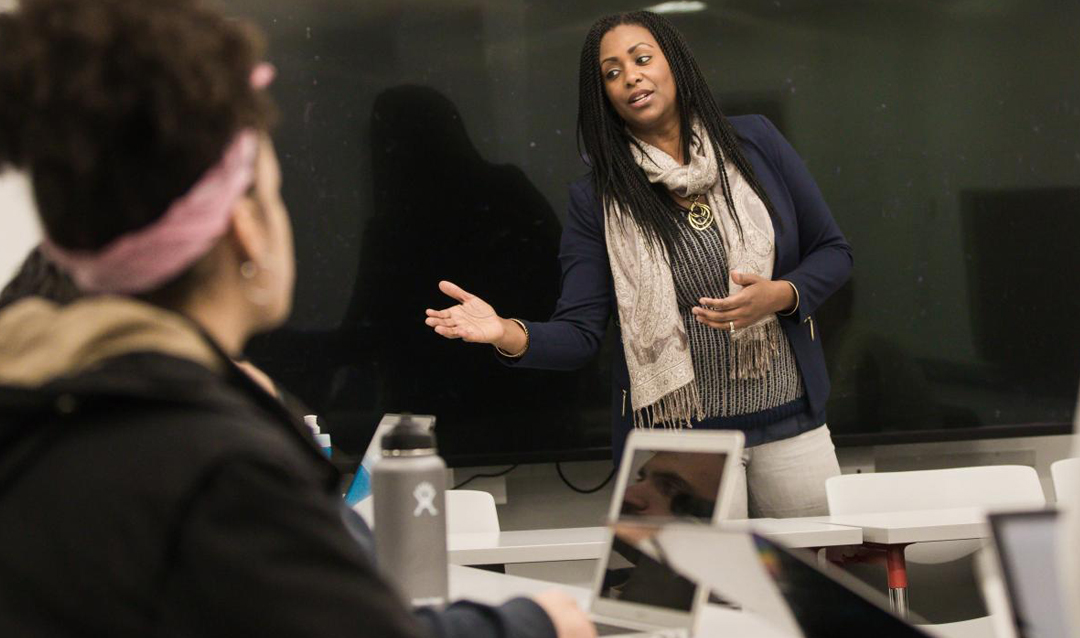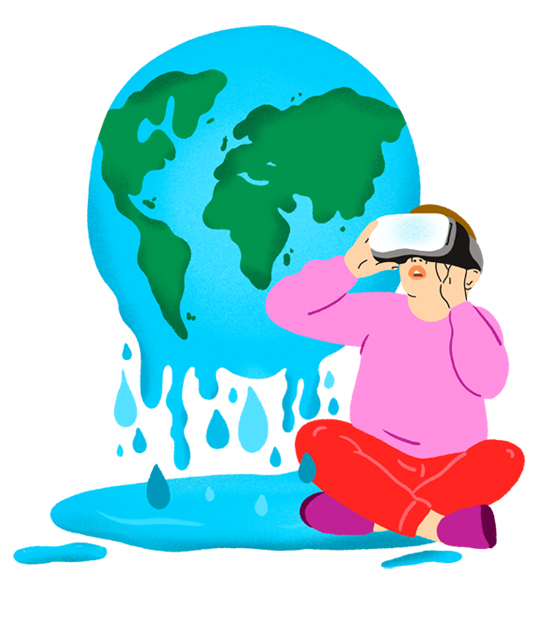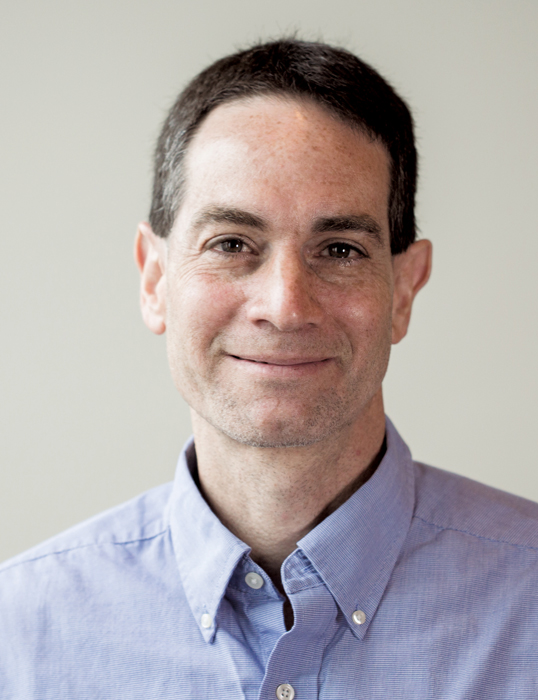When learning about the environment, the games provide an important alternative for people who don’t have transportation and those with mobility issues, such as senior citizens who couldn’t easily hike along the Lehigh Valley’s many trails and waterways, Bodzin said.
Some of the games also give a glimpse into the past by showing participants what the area would have looked like hundreds of years ago and recreating meetings with historical figures such as Stephen Palmer, the namesake of Palmerton and former president of the New Jersey Zinc Company.
Bodzin’s team includes about 20 students, five of whom are Lehigh Valley Social Impact Fellows from the Office of Creative Inquiry. The office has supported Bodzin’s work by providing paid internships, student stipends, conference fees and space, in conjunction with LTS, at the Mountaintop campus for a VR lab, audio/podcast studio and video studio.
“This is a real game-changer,” Mehta said. “I’m proud we saw the potential in this several years ago, and we seeded these projects. Now it’s time to hold these projects up as examples and exemplars in how embracing such new technologies can lead to innovations and transformations in higher education.”
The Student Experience
David Tauman ’23 was among the students who watched Mehta’s footage in preparation for a trip to Sierra Leone over the summer for the Global Social Impact Fellowship’s GRO Mushrooms team. The team of interdisciplinary undergraduate students is tackling food insecurity in Sierra Leone by developing a low-tech system for growing oyster mushrooms on rice straw, providing a high-protein, low-cost and reliable form of nutrition year-round.
“I like to plan my activities out beforehand and hopefully go into them with little to no unknowns,” Tauman said. “Mehta’s videos allowed me to be as immersed as I could in the environment without actually being there, which eased my mind a bit.”
Because of the videos, Tauman got to see what the local roadways would look like, the living quarters where students would be staying at Makambo Village Resort, and the Makeni market.
The pandemic canceled Tauman’s field work in Sierra Leone three separate times, but he and his classmates were finally able to travel there July 30 to Aug. 19.
Knowing what to expect before they travel to a new location helps students be prepared to ask better questions and identify issues they may not have considered as they work on their projects on campus, Mehta explained. For example, students designing a novel diagnostic device have to consider the clinical setting and the climate in which it will be used and how it could be affected by environmental factors like sunlight and heat.
“I want them to ask better questions now in the design stage before they begin testing with their in-country partners,” Mehta said.
The video of the market was the most helpful to Tauman, who said the path between the vendors’ tables can be undefined and it’s crowded.
“When I arrived and went through the market I was still overwhelmed, so I cannot imagine what I would have felt if I didn’t watch the video and had no idea what to expect,” he said.
The video of the market was helpful in allowing students to learn consumer preferences and develop a plan on how to effectively sell the mushrooms, said Will Yaeger ’24, an IDEAS [Integrated Degree in Engineering, Arts and Sciences] student.
“For example, most foods are sold by volume rather than weight, so our mushrooms need to be harvested and sold by the cluster rather than by the pound as they might be in other places,” Yaeger said.
Seeing what goods were for sale also gave students a better understanding of local dietary options and preferences and provided some alternate ideas to combating malnutrition, Yaeger added. The students are in the process of publishing a paper on the subject that could lead to another project.
The Future of XR at Lehigh
CITL is investigating collaborative applications that have been developed for the Oculus that allow multiple users to be in the same VR experience at the same time.
For example, the technology could be used to connect Lehigh students with other students across the country. A group of students could use the headsets to work on a prototype in real time even though they aren’t in the same location, Sakasitz said.
LehighSiliconValley students are exploring the technology as a way to connect employees who have been working remotely. Their idea is to purchase Oculus headsets that can be used by employees to have regular team-building meetings in a virtual environment, Sakasitz said.
“From my point of view, we need to learn about how all this technology can be used, develop a game plan of how it can be implemented in a sensible way and go from there,” he said.
Putting the technology into the hands of more users is the next step, which CITL hopes to do through the new student-centered lab.
“A lot of it is technology we already have; we are just putting it in one space where students can work collaboratively,” Sakasitz said. Lehigh hopes to launch the new lab in the fall.


